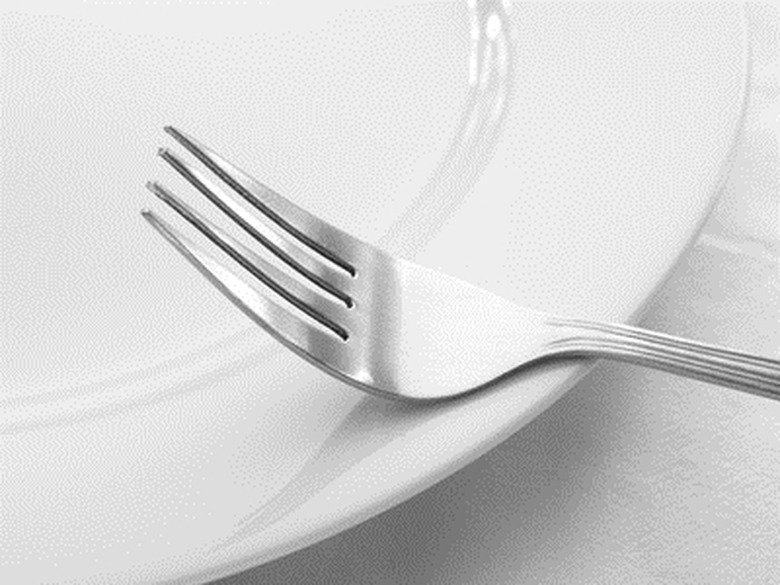How To Electroplate Silver
Electroplating an object with silver occurs based on certain chemical properties of some metals. Essentially, since silver is more reactive than many metals, a chemical reaction using electricity will allow silver to replace the top layer of many metals, sometimes without the use of an additional electrical current. Adding external electricity can help drive the reaction, however, allowing for a thicker layer of silver to be added.
Step 1
Clean your material to be electroplated. It is important to have the surface be completely clean, so the best way to do this is to string out the material on some copper wire and then dip it into a solution of hot lye and then dip it into a solution of aquaregia (a mixture of equal parts nitric, hydrochloric and sulfuric acid). Rinse thoroughly to get all of the acid off of the material.
Step 2
Take your object and place it in some diluted "electroless" silver plating solution (can be purchased at most craft stores or online). This diluted solution will help to "seed" the silver from the next solution, which will allow the electroplating to happen faster.
Step 3
Create a solution that is equal parts sodium hydroxide, sodium cyanide and silver cyanide.
Step 4
Place the object to be electroplated into this solution.
Step 5
Apply an electrical current. The easiest way to do this is to take a large battery and put two wires on opposite sides of the container with your electroplating solution. Then connect one of the wires to the plus side of the battery and the other to the minus side. This will create an electrical current that will drive the electroplating process. For small objects, a 9V battery will be sufficient, but for larger objects, you may need a larger battery.
Step 6
Allow this process to continue for a few hours or until your object is fully and satisfactorily electroplated.
Things Needed
- Material to be plated
- Nitric acid
- Hydrochloric acid
- Sulfuric acid
- Copper wire
- Silver plating solution
- Sodium hydroxide
- Sodium cyanide
- Silver cyanide
- Battery
- Wires
Warning
Cyanide is dangerous, both on its own and if combined with acid, where it will create cyanide gas.
Cite This Article
MLA
Cloe, Adam. "How To Electroplate Silver" sciencing.com, https://www.sciencing.com/electroplate-silver-5024005/. 24 April 2017.
APA
Cloe, Adam. (2017, April 24). How To Electroplate Silver. sciencing.com. Retrieved from https://www.sciencing.com/electroplate-silver-5024005/
Chicago
Cloe, Adam. How To Electroplate Silver last modified August 30, 2022. https://www.sciencing.com/electroplate-silver-5024005/
